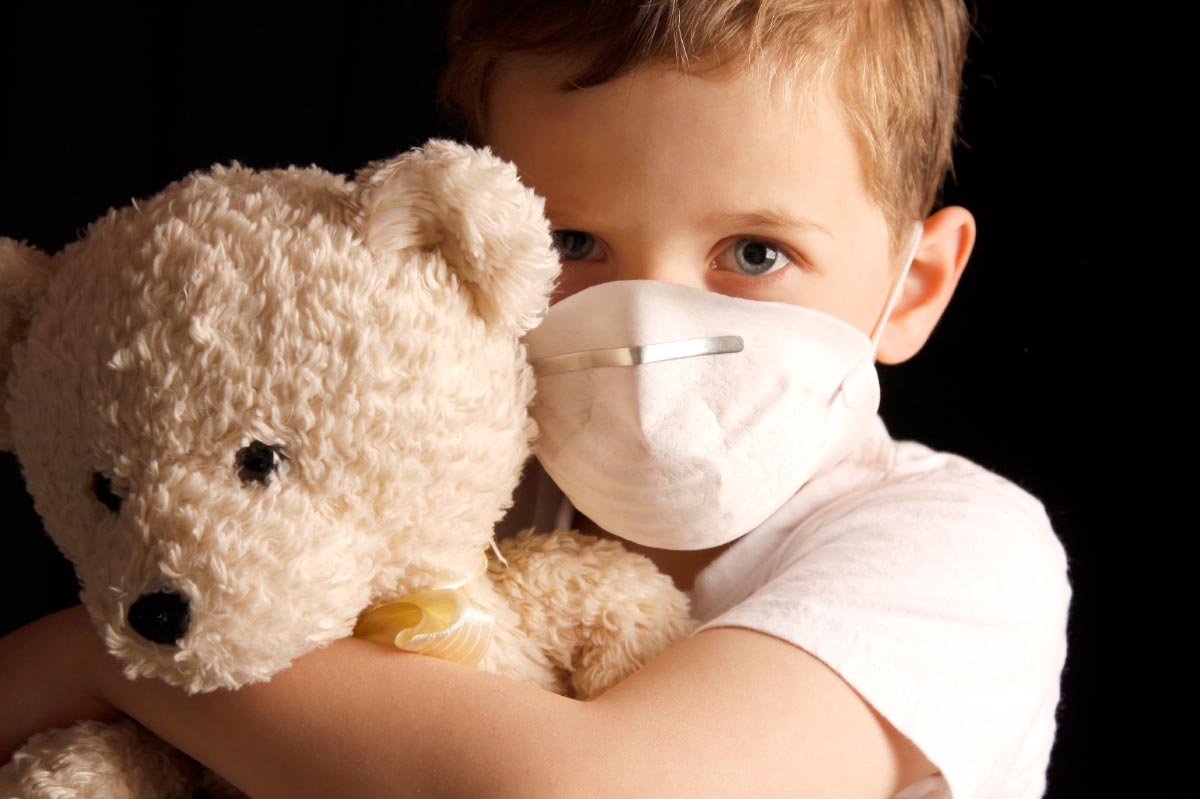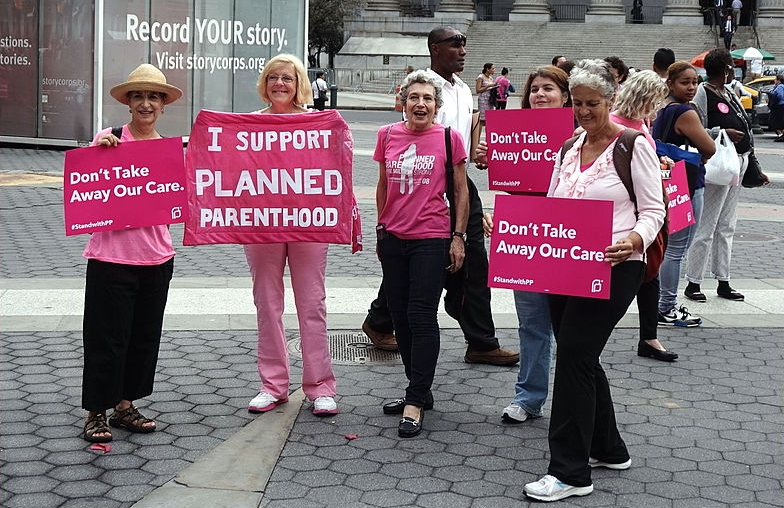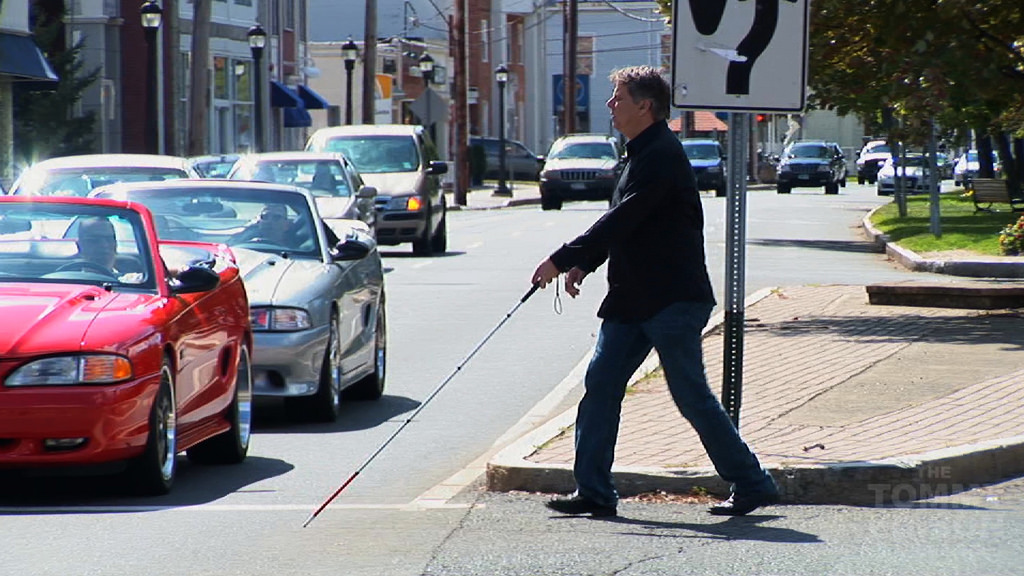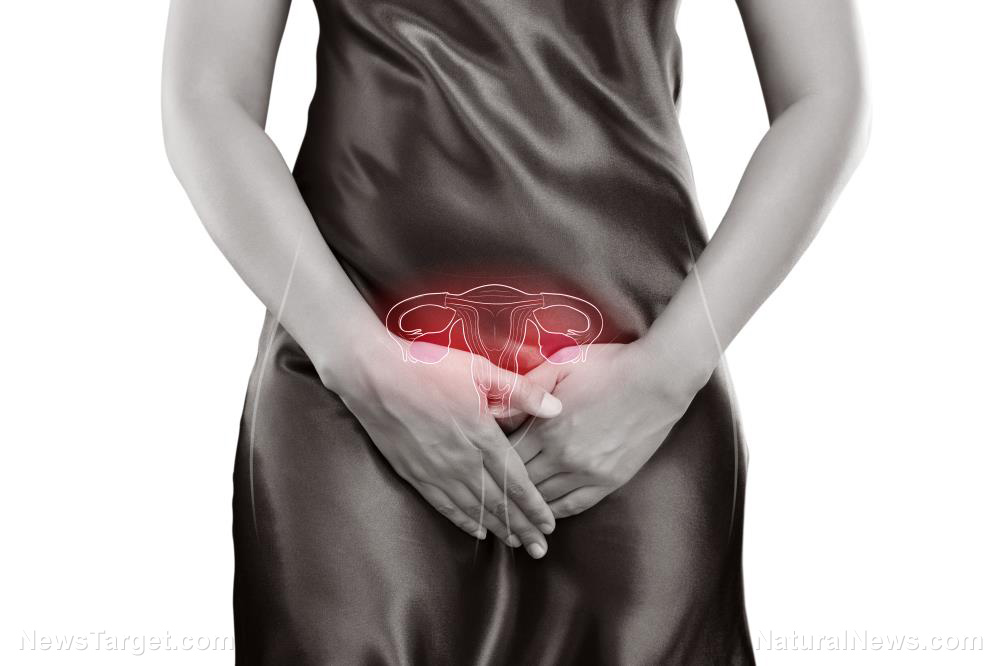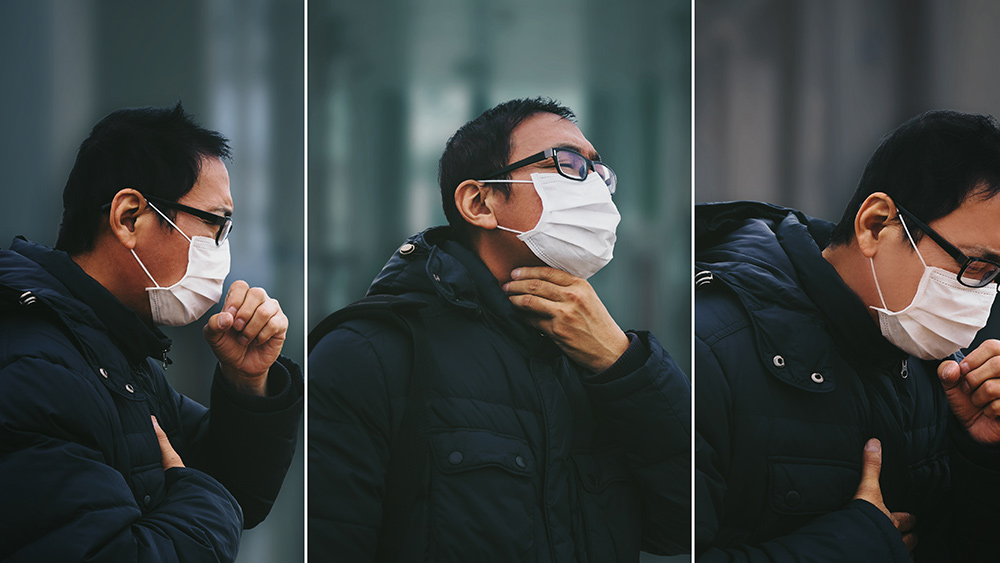Scientists warn that gain of function research needs to be stopped immediately
02/28/2022 / By Cassie B.

A group of scientists organized by University of Hamburg nanoscientist Dr. Roland Weisendanger has called for an immediate end to controversial gain of function research in the wake of the coronavirus pandemic.
In their declaration, they pointed out that the pandemic has shown us just how devastating it can be when pathogens like those studied in gain of function research become easily transmissible among humans, even if the current virus’s mortality rate is less than one percent.
The point of gain of function research is to make viruses more dangerous in order to study them. Defenders of the practice believe that it will help scientists prepare to handle natural mutations and viruses. However, critics believe that not only is it far too dangerous and has too much potential for the viruses to be accidentally or intentionally released, but it could take thousands of years for a virus to evolve in the way that a scientist evolves it in a lab – if it ever happens at all. In fact, some scientists say that other scientists are carrying out gain of function research for no practical purpose, largely using it as a resume builder.
Nevertheless, gain of function research is being carried out around the world with very little oversight. In many cases, the work is being funded by taxpayers.
This type of research was being carried out in Wuhan, China, and many sources report it received funding from the National Institutes of Health. Although Dr. Anthony Fauci has tried to deny this, critics say he is using carefully chosen words to cover up the true nature of the work. It is also worth noting that the NIH has watered down its definition of gain of function in the last decade in order to find a way around a funding pause that was instituted following accidents involving engineered bird flu.
The new definition lists gain of function research as research that involves “enhanced potential pandemic pathogens”. This allowed the research in Wuhan to avoid an official gain of function classification because the bat viruses being studied did not spread among humans at the time, although the scientists did intend to test how they could mutate in a way that would threaten humans. Nearly all experts maintain that Eco Health Alliance’s research does fall under the gain of function definition.
Dr. Weisendanger warned: “We need independent agencies to control this, like for nuclear power reactors.”
Other viruses studied by gain of function researchers could be far deadlier than Covid
The declaration says that viruses being studied by gain of function researchers have the potential to cause far more harm than Covid.
It states: “There are indications that much more dangerous viruses such as MERS, Ebola or Nipah viruses are being genetically manipulated in various biotechnology laboratories around the world. The outcome of such experiments is often difficult or impossible to predict. However, no biotechnology laboratory in the world is safe enough to guarantee that such genetically modified viruses will not escape.”
It goes on to add that such events could prove fatal for a significant proportion of the global population.
They closed their declaration by appealing to politicians around the world to put an end to this type of research immediately as the risk of potentially killing so many people is simply too great. They also demanded that this prohibition be controlled by an independent international supervisory authority that is also tasked with continuous monitoring.
“Humans have learned to intervene in the basic molecular building blocks of life. This gives rise to many opportunities to improve human life, but also to a great responsibility to preserve creation. Let us take this responsibility seriously before it is too late,” they warned.
Sources for this article include:
Submit a correction >>
Tagged Under:
This article may contain statements that reflect the opinion of the author
RECENT NEWS & ARTICLES
BadMedicine.News is a fact-based public education website published by BadMedicine News Features, LLC.
All content copyright © 2019 by BadMedicine News Features, LLC.
Contact Us with Tips or Corrections
All trademarks, registered trademarks and servicemarks mentioned on this site are the property of their respective owners.

